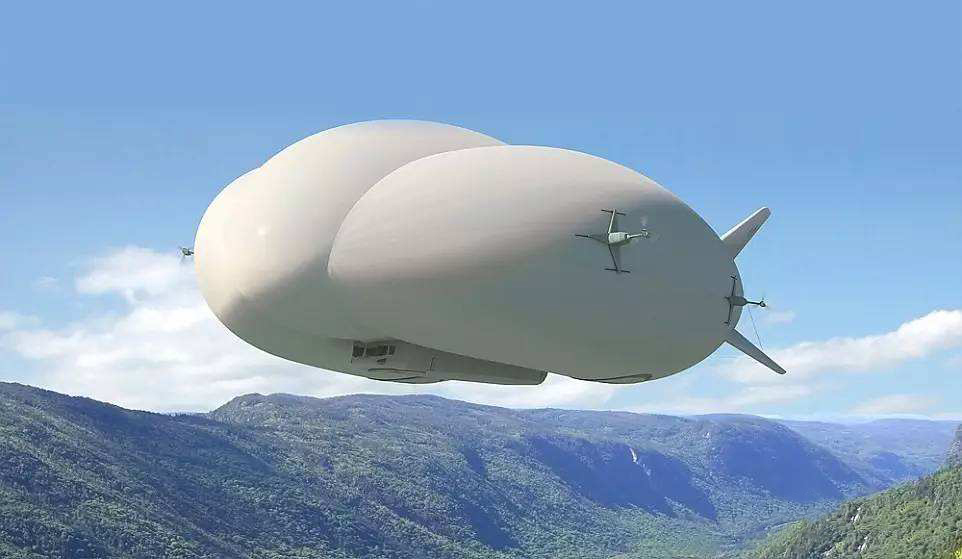History of liquid helium preparation (part 1)
Helium transforms from gaseous helium to liquid helium at extremely low temperatures. Because of the interaction between helium atoms (the Van der Waals force) and the atomic mass is very small, it is difficult to liquefy and harder to solidify. The critical temperature and critical pressure intensity of the gas-liquid transformation curve of rich isotope 4He are 5.20K and 2.26 atmospheric pressure respectively, and the temperature at one standard atmospheric pressure is 4.215K. At atmospheric pressure, when the temperature drops from the critical temperature to absolute zero, helium remains liquid all the time, does not solidify, and only becomes solid at pressures greater than 25 atmospheres.
In 1873, van der Waals, in his doctoral thesis on the Continuity of Liquid and Gas, proposed the "equation of state of matter" including gas and liquid, demonstrated that gas and liquid energy transform each other in a continuous way, and pointed out that there is a critical temperature in all gases, which has become the theoretical guidance for all gas liquefication in the future. Van der Waals also suggested that molecules not only take up volume but also act on each other.
Liquid helium is used to fill airships
In 1880 Van der Waals came up with the law of correspondence, which described the behaviour of all gases in a single equation. Guided by van der Waals's law of correspondence, James Dewar liquefied hydrogen in 1898, and Kamerlin-Onnes liquefied helium in 1908.
Dewar is very important for the contribution of cryogenics, he not only in 1898 first liquefied hydrogen, liquid hydrogen and solidification of liquid hydrogen pressure (temperature) of the blazers, and invented the double in 1892 silver plated glass vacuum cryogenic vessels among them, become the ancestor of this kind of cryogenic vessels, the outstanding contributions in the field of science and technology of low temperature in the helium liquefaction process has played a very important role.
All advances in science were supported by the industrial technology of the time. Industry and technology in the late 19th and early 20th centuries had laid the material and technological foundations for the development and progress of science. Oxygen and air liquefaction, low-temperature separation of air, and small liquid-air devices are constantly emerging, which not only provide a pre-cooling source for helium liquefaction, but also provide corresponding experimental equipment for helium liquefaction.
History of liquid helium preparation (part 2)





 Facebook
Facebook YouTube
YouTube LinkedIn
LinkedIn Twitter
Twitter